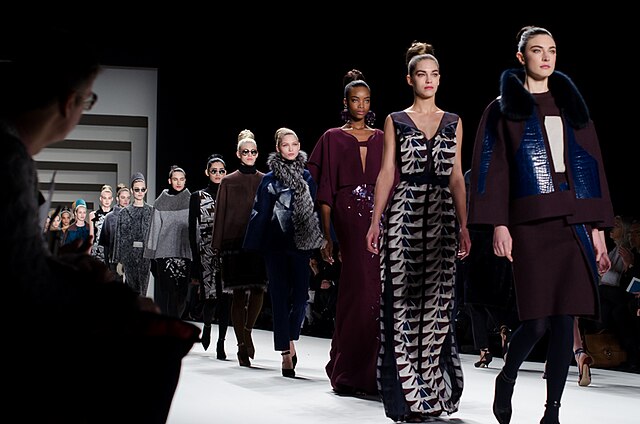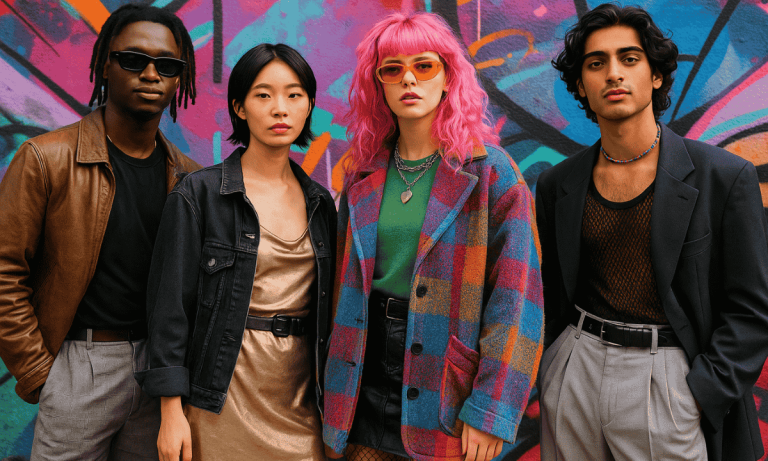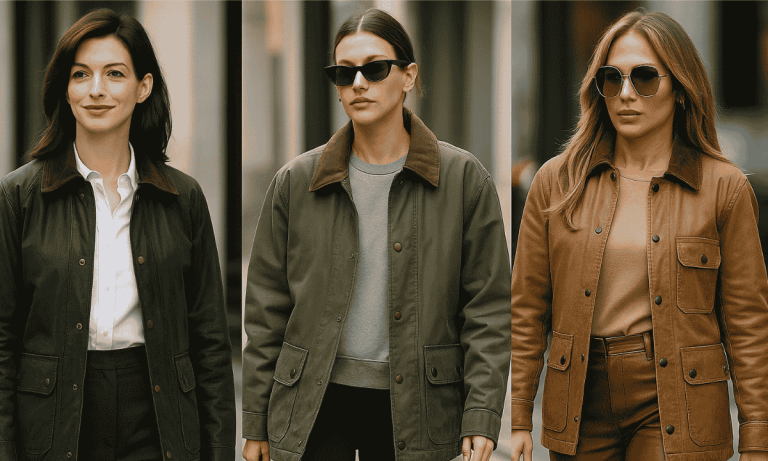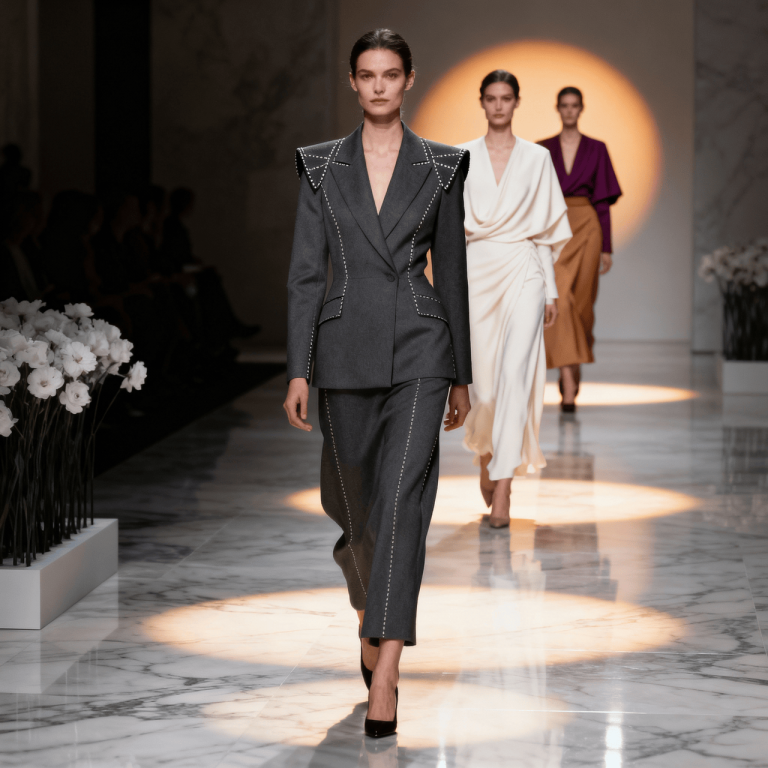There’s a particular pleasure in watching someone who’s spent decades navigating expectation finally admit what everyone suspects: the gown is a weapon. Nicole Kidman—Oscar winner, fashion fixture, human embodiment of poise under the klieg lights—has described her relationship with fashion as both “armor” and, in the same breath, “a screw you.” It’s the kind of line that lands clean, somewhere between confession and declaration, and it tells the truth about what red‑carpet dressing actually does for people whose work is being looked at.
The quote arrived offhand, as the best quotes do, during a conversation about her work, her choices, and the decade‑spanning tightrope walk between being taken seriously and being endlessly photographed. Fashion, she suggested, is how she reclaims agency in a space designed to measure, judge, and frame her. It’s also how she pushes back.
Armor that photographs well
Consider the mechanics of what Kidman describes. When a camera is always watching—premieres, galas, Cannes steps where the whole point is the image—clothes become a controlled variable. The dress says what she wants said before a question is asked or a headline written. A sharp Balenciaga silhouette that cuts clean lines declares: here, composed, unbothered. A soft Prada with unexpected volume suggests ease, even when the schedule is bruising. A gown that photographs beautifully from twelve angles is tactical. It gives the press what it wants so she doesn’t have to.
Armor doesn’t have to be hard. It just has to deflect. The right look can command a room without a word, can telegraph intelligence, confidence, or “I’m not here to explain myself.” That Kidman has cycled through nearly every major designer’s vision over thirty years—Dior, Valentino, Schiaparelli, McQueen—suggests a fluency in this language. Each look is a sentence, carefully parsed, designed to keep the conversation on her terms.
The “screw you” hidden in couture
The subversive part isn’t the beauty of the garment; it’s the refusal to be diminished by it. Hollywood has a long tradition of reducing women to their appearance, using “best dressed” lists and “who wore it better” slideshows as a way to avoid discussing the actual work. Kidman’s framing—fashion as defiance—rejects that reduction. The gown isn’t capitulation to the scrutiny. It’s engagement on her terms. She shows up in something extraordinary, claims the moment, and by doing so, takes what could be objectification and makes it performance.
There’s a “screw you” in choosing the wildest Schiaparelli look on the runway—the one that splits opinion, that makes people talk—because it reminds everyone that she’s not trying to please. There’s defiance in wearing something too elegant, too avant‑garde, too uncompromising for safe taste. It’s a refusal to disappear into beige “classiness” that forgives every aesthetic slight because it offends no one.
What this tells us about power and presentation
Kidman’s candor points to a broader truth: for people who live under scrutiny—especially women—fashion is never just fashion. It’s strategy. Every hemline is a negotiation with expectation. Every cut, fabric, and heel height speaks to how much space she’s allowed to take up and how much she’ll take anyway.
The armor metaphor resonates because it acknowledges vulnerability. You don’t need armor if the environment is safe. That she reaches for it—consciously, repeatedly—says something uncomfortable about what it’s like to be visible at that altitude. The fact that she’s also learned to weaponize it, to make it a form of refusal and reinvention, is what separates styling from survival.
The texture of a life photographed
Imagine stepping out of a car, flashbulbs already screaming before your foot touches pavement. The dress is the first line of defense. It fits, it moves, it doesn’t betray you under bad light. You’ve rehearsed how you’ll stand, where the slit will fall, how the train will pool. Every part of the experience is choreographed except the questions shouted from behind the barricade. But by then, the image is made. The gown has already done its work.
Kidman has lived this loop—premieres, festivals, award shows—since the early ’90s. That she’s willing to name it, to call out the double duty that fashion performs, is a gift of clarity to anyone who’s wondered why certain women in the public eye seem to care so much about clothes. They care because the clothes do work. They protect. They speak. Sometimes, they tell the room to reconsider its assumptions.
Why this matters beyond the red carpet
The principle scales. Fashion as armor and defiance isn’t limited to actresses navigating Oscar campaigns. It’s the teenager choosing the jacket that signals they won’t be an easy target. It’s the executive in the boardroom who dresses a notch sharper than expected because presentation tilts perception. It’s anyone who understands that being seen is different from being seen clearly, and that clothing can close or widen that gap.
Kidman’s framing legitimizes what’s often dismissed as vanity. It says: yes, I care how I’m dressed, and no, that doesn’t make me shallow. It makes me strategic. It makes me human in a system that wants me flattened into image.
Fashion at Kidman’s level—haute couture, bespoke, the kind that takes months to make and seconds to judge—operates in a rarefied space. But the impulse she’s describing lives everywhere: the desire to control how we’re read, to use what we wear as both shield and signal. That she calls it armor is honest. That she calls it “a screw you” is better. It reminds us that elegance and defiance aren’t opposites. Sometimes, they’re the same dress, worn with enough conviction to rewrite the terms.







